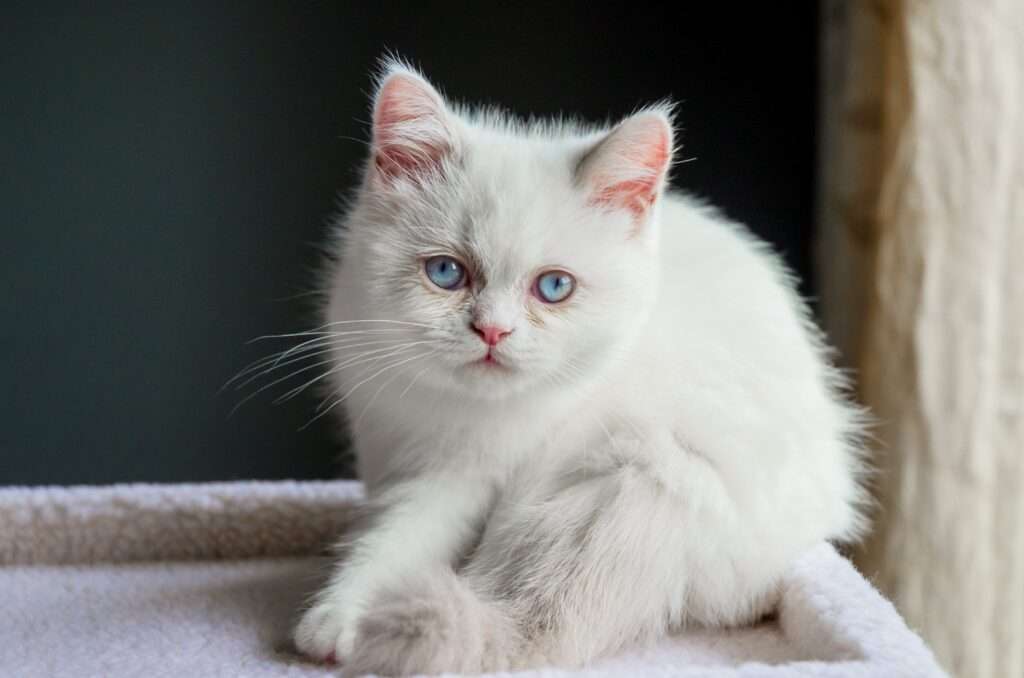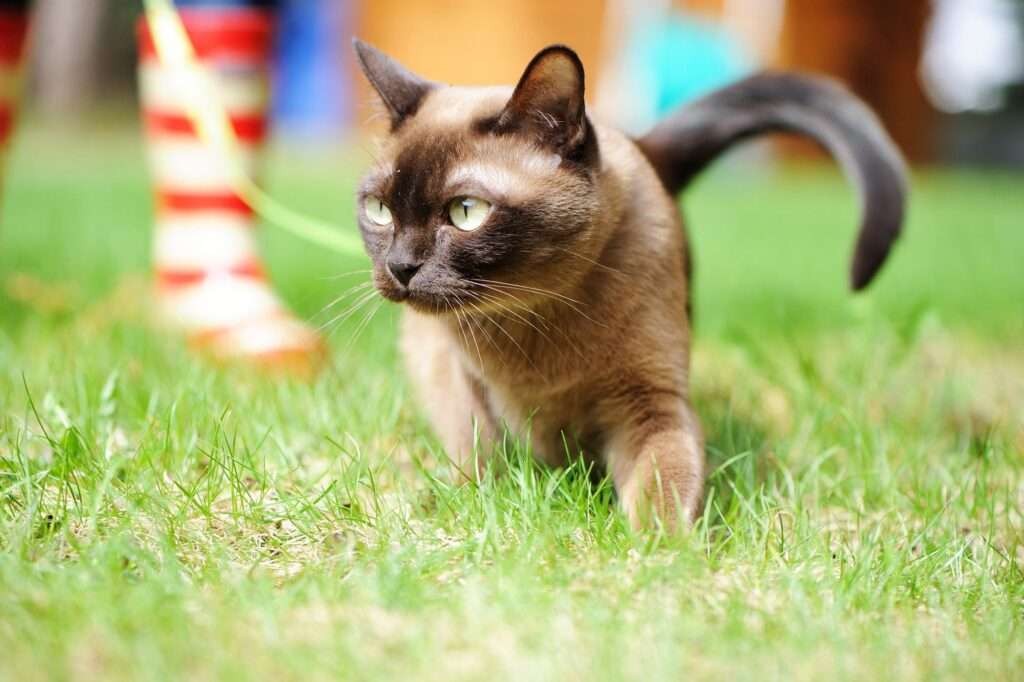
Description
Size: 5-9 lbs.
By combining Persians and Munchkins, the Napoleon cat, commonly referred to as the “Minuet Cat,” was created. They can be considered the feline equivalent of the Pekingese, Corgi, or Terrier dogs due to their dwarf-like appearance. The Minuets have small, upright ears and a round face with large eyes. They are well known for their tiny legs, fluffy tail, and hairy coat. They are renowned for their modesty and can consistently provide their family delight, surprises, and laughter.
Origin and History
Joseph B. Smith, a Basset Hound breeder and AKC (American Kennel Club) judge, first created the Napoleon Cat in the USA.
It all started with a front-page article about Smith that appeared in the Wall Street Journal on June 12, 1995. The Munchkin cat, a favourite breed of the breeder, was depicted in the diary. He believed that this breed, though similar to other long-legged crosses and mixes that are frequently discovered in animal shelters, is not easily differentiated from others. He made the decision to develop a new breed that would resemble purebreds while having distinctive qualities in both its long- and short-legged forms.
Behavior
Sweet and obedient cats, napoleons. They enjoy cuddling with their owners but aren’t pushy or attention-seeking. The Napoleon cat can be compared to a cuddle bug that is silent. Napoleon cats don’t act rudely when they get affection. They value their time alone as well. However, they might stick with you all the time. Unlike Siamese cats, these cats are friendly and inquisitive but not chatty. They thrive when among people and other animals. If you intend to be away from home for an extended period of time, it’s a good idea to hire a pet sitter to keep your cat company.
As Pet

Food & Diet Requirements
Napoleons require a protein-rich diet. You can get this by giving your cat regular cat food, either dry or moist. To prevent nutrient deficits and health issues, you can try feeding your cat a homemade food as long as you abide by the cat nutrition rules. The age, weight, and energy production of the cat will determine what to feed it. When a cat reaches the age of 7, they are deemed senior cats, therefore you may need to start giving them vitamins or change their diet. In general, housecats need to be fed twice day with about 14 cup of dry food. If you’re uncertain about what to feed your Napoleon, consult your veterinarian for help.
Exercise
Napoleons are docile but also moderately to highly active, necessitating constant exercise. This breed’s tiny legs make it difficult for them to jump well, but they are usually up for some playful antics. Napoleon with long legs could appear. Your cat shouldn’t have as much issue jumping if that’s the case.
To keep your cat entertained, it’s a good idea to have cat trees, tunnels, toys, and shelves around the house. Napoleons may prefer shorter cat trees because they don’t live on countertops.
Grooming
Your Napoleon won’t require a bath as frequently as they do. To prevent matting, longhaired Napoleon cats need to be thoroughly brushed once or twice a week. It’s good to know that their soft hair aids in preventing matting. Shorthaired Napoleons should be brushed every other week.
Like any cat, their ears require routine cleaning. All you need is a cotton ball and some white vinegar. Avoid using a Q-tip! If you see debris in your Napoleon’s ears, you may also ask your veterinarian about any recommended ear cleaners. You should clean your Napoleon’s teeth as frequently as possible to ward from dental disease. The most effective toothpaste for removing tartar buildup is enzymatic. To help spread the toothpaste evenly across the teeth, use a finger toothbrush or a baby toothbrush.
Table





